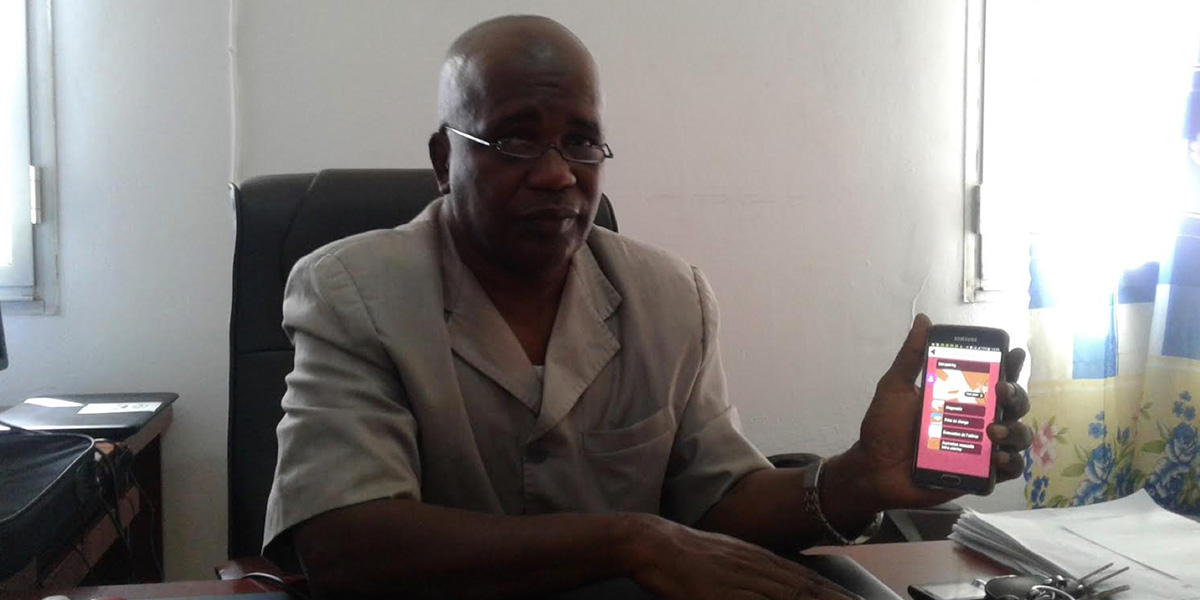Mamadou Houdy Bah

- Name Doctor Mamadou Houdy Bah
- Country Guinea
- Title Regional Director of Health
- Organization Labé region
“With the App, you can really avoid maternal mortality. All healthcare professionals should have access to the App.
We need to strengthen the training of our healthcare professionals. If the population decides to consult the health structures without encountering skilled professionals, they won’t be content. Normally, healthcare professionals don’t always know where to look for information and they do not have the access. However, you always have your phone on you, and so the Safe Delivery App becomes a tool that’s always right there in your hand. It allows healthcare professionals to update their knowledge and it helps them avoid potentially fatal consequences related to delivery.
In our area, we need to make sure that there are skilled health professionals to be found in even the most remote regions, and we need to create awareness about health services. The Safe Delivery App can assist you in even the most distant villages. The App also creates awareness. Some people have superstitious beliefs. For instance, eclampsia can be viewed as a result of the devil or witchcraft. When you show the people who believe this the videos of the App, they can see that it’s a physiological phenomenon, and they are more likely to go to the health clinic. I am sure that the level of knowledge among not only the health workers but also among the population will be improved because of the Safe Delivery App.”
